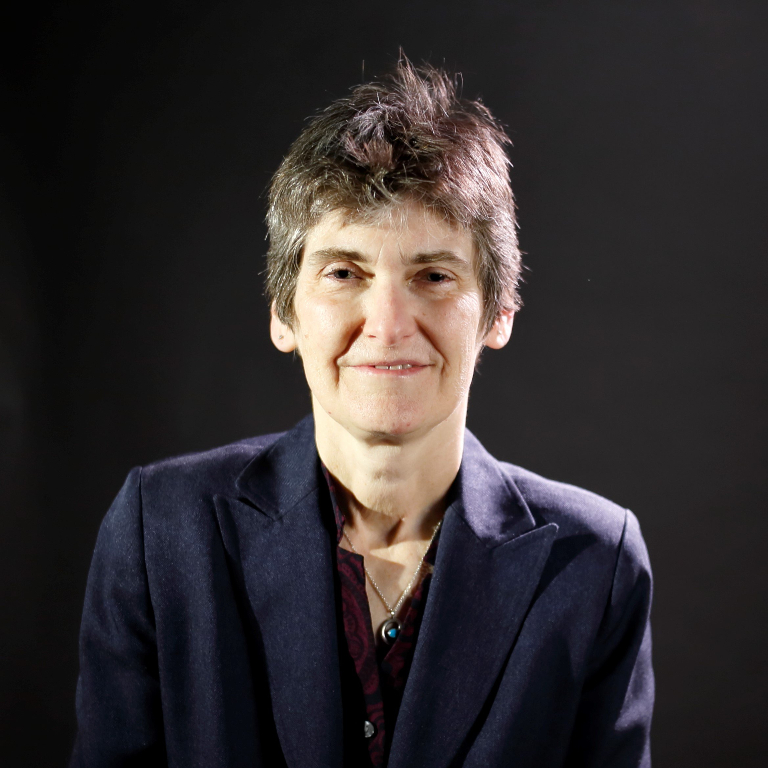You may not be ready for it, but millions of Americans are moving — and some may be headed our way.
U.S. history is filled with stories of people moving from one place to another to find a better life:
- The Great Migration of 6 million Black Americans fleeing the Jim Crow South
- The Dust Bowl journey of 2.5 million people headed west from Oklahoma, Texas, Arkansas, and Missouri;
- And, most recently for us here in the Rust Belt, the exodus of millions from aging factory towns in search of better jobs and fairer weather.
But a new generation of American migrants is likely to turn in a different direction — away from rising tides, annual fires, increasingly frequent hurricanes and devastating heat and drought. In short, away from the impacts of accelerating climate change.
Hoosiers will feel that change, too. Indiana University’s Environmental Resilience Institute estimates that, in the next 30 years, Indianapolis could see a doubling of extreme heat days (from 32 to 76) and a 16% increase in spring rainfall under even the most conservative estimate of change. An Indiana summer in 2050 is likely to feel more like one does in Arkansas or east Texas today. Even armadillos are starting to find Indiana’s climate to their liking.
All of this is going to require fast action. That’s why institute staff work with elected officials from dozens of Indiana cities, towns and counties to share information on extreme weather threats, and to offer tools for reducing risk and preparing for the unavoidable. But Indiana is likely to be less severely affected by the ongoing planetary changes to our climate than are the states lying along the Gulf and Atlantic coasts, or in the arid and flammable West.
All of this is going to require fast action. That’s why institute staff work with elected officials from dozens of Indiana cities, towns and counties to share information on extreme weather threats, and to offer tools for reducing risk and preparing for the unavoidable. But Indiana is likely to be less severely affected by the ongoing planetary changes to our climate than are the states lying along the Gulf and Atlantic coasts, or in the arid and flammable West.
Read the full article




